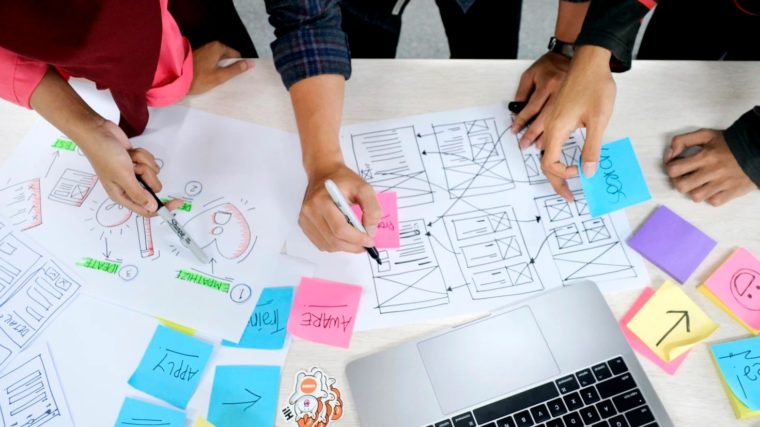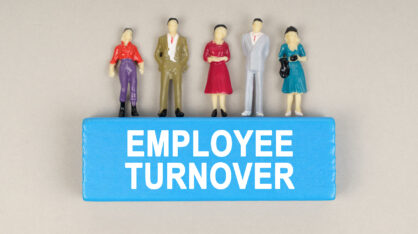Danish design ladder explains 4 stages in which design exists in an organisation. Let’s understand what design does at each stage and design positioning of Muova.

Non-design:
In this stage Design is invisible and a situation where no designers are working in an organization. Non-design stage implies that design is not taken into consideration in any of the projects
Design as form-giving:
The role of Design is limited to the beautification of products and mainly pays attention to the aesthetics of the solutions. The focus is more on ‘beautification’ of the tangible outcomes through product designing and graphic designing.
Design as a process:
In this stage, design is not only limited to the outcome of the problem solved, rather it is more about a way of thinking adopted in the process of problem-solving. Customer centricity is the main focus and a collaborative way of working are practiced in designing the solutions
Design as a strategy:
At this stage, design is practiced in the leadership team. Design plays a role in the decision-making and shaping of the overall business. It is used in creating a vision for the organization and setting short-term and long-term goals.
Muova currently uses Design at stages 3 and 4, which makes Muova a design-driven organization. Let us understand how is Muova making itself design-driven and what are the starting points through which organizations can take a step to become design-driven.
What are the ways to include design thinking in an organization?
- In the planning of new projects: To come up with ideas for new project topics, co-creation is one of the most all-inclusive ways to achieve success. It helps in having a large volume of ideas generated and it helps in including the voices and opinions of all the employees
- In the framing of an organization’s goals and strategies: Design can be used in framing the goals and the strategies of an organization This will help in promoting an agile way of thinking and working.
- Finding a solution to everyday challenges: Be it loneliness due to remote work, or focusing on increasing community building at a workplace, all these problems can solve if tackled together. This allows using design in everyday challenges.
Outcomes:
- Increasing design maturity in an organization
- Promoting all-inclusive decision making
- Increasing individual learning curves across different sectors.
Few of the identified benefits:
- Developing an agile and experimental mindset
- Expanding the scope of design with an organization
- Encourage everyone’s contribution to the process.
If you are curious to know more about position of design in our organization, here are a few articles that can be used as starting points:
https://denbu.medium.com/advancing-your-organisations-design-maturity-f470b3f814eb
https://medium.muz.li/business-design-maturity-model-a-conversation-tool-4e157484ea15




